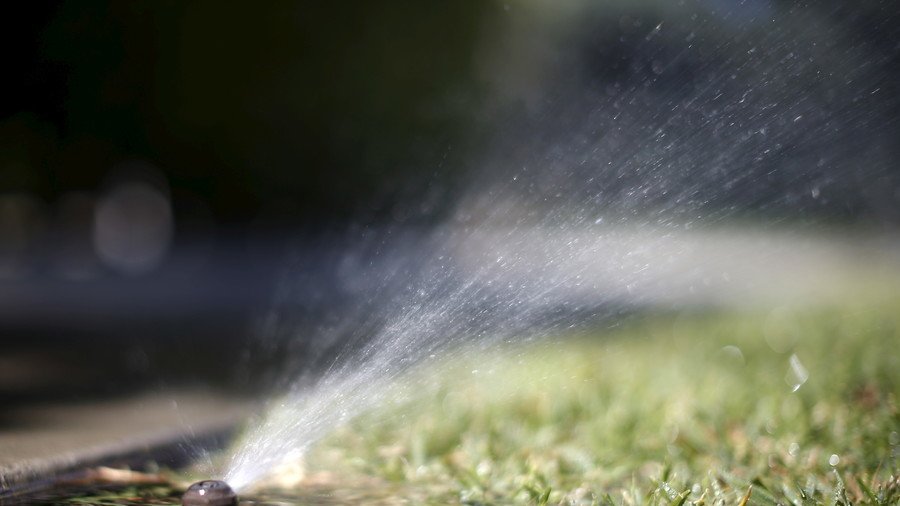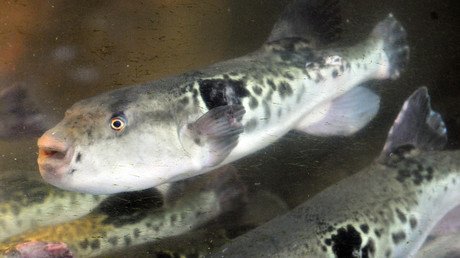Idaho family sues govt after misplaced cyanide-trap killed dog, injured son

A US family in Idaho has filed a lawsuit against the federal government, demanding $150,000 in compensation after a poisonous trap planted by Department of Agriculture killed their dog and left their son suffering from headaches.
The scent-baited trap called an M-44 doused Canyon Mansfield, then 14, and his three-year-old Labrador Casey, with cyanide in March last year, as the boy was “playing and throwing a toy for his dog” near the family home east of Pocatello, Idaho, according to the lawsuit. The boy said he mistook the highly toxic device for an ordinary sprinkler, since they effectively look the same. When the boy pulled on the pipe, “it exploded with a loud bang,” the court papers state.
The anti-coyote trap was filled with cyanide, which sprayed into the boy’s left eye and covered his clothes. As he attempted to wash away the orange-colored powder with snow, he saw his dog foaming at the mouth. Canyon immediately rushed to his parents for help, but by the time he and his mother returned, the dog had already stopped breathing.
The tragic incident not only claimed the life of the family’s beloved pet, but also allegedly resulted in a deterioration of Canyon’s health. He continues to suffer from occasional headaches. It was revealed that local law enforcement, including the sheriff, were also unaware of the traps and did not know how to spot them.
The incident sparked a huge outcry at the time, with a number of wildlife conservation groups calling on the government to cease using M-44s.
A month after the incident, the Department of Agriculture said it had removed all such devices in Idaho and would refrain from setting them for an indefinite time. The authorities also vowed to give at least 30-days prior notice before it places any new traps of that kind in the area.
Although the Wildlife Services apologized for what they called “the unintentional lethal take of a dog,” questions remain about why the device was planted in the first place. According to the department’s published guidelines, it does not use M-44s on any property “unless requested by the land’s owner or manager.” In addition, if such a device is placed, it should be accompanied with a bilingual warning.
The M-44 that allegedly injured the boy was placed on land belonging to the Federal Bureau of Land Management in February by mistake, its spokesman confirmed at the time. The incident came just months after the department said it would cease using the traps on federally owned land in the state “to reduce health risks to people and domestic animals,” AFP reported.
















